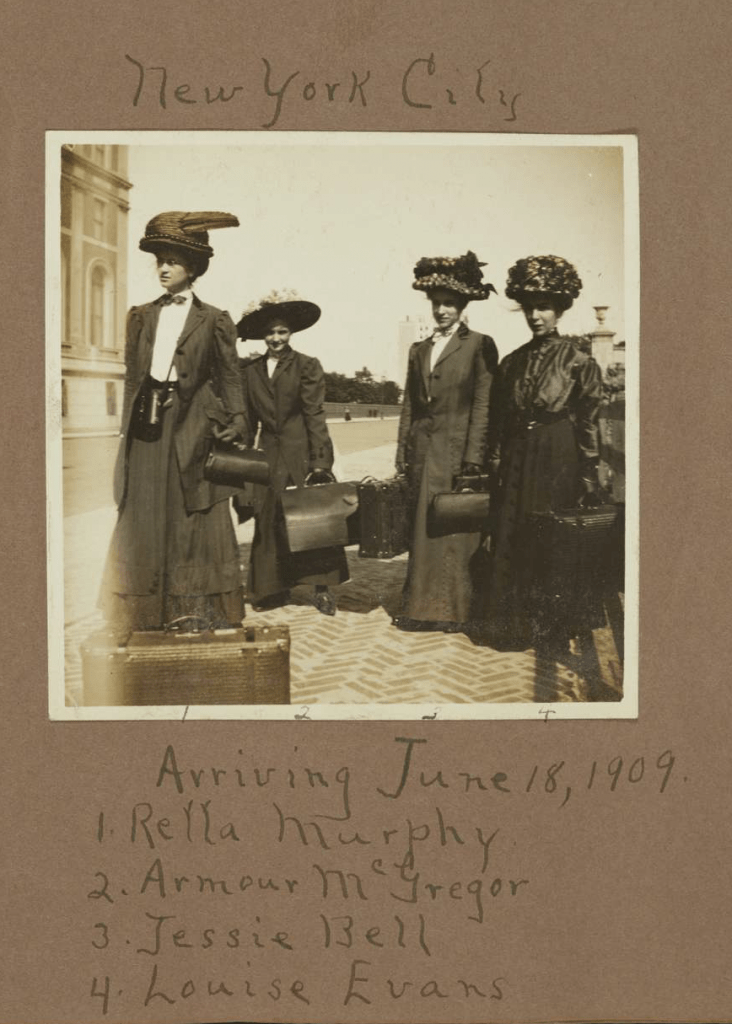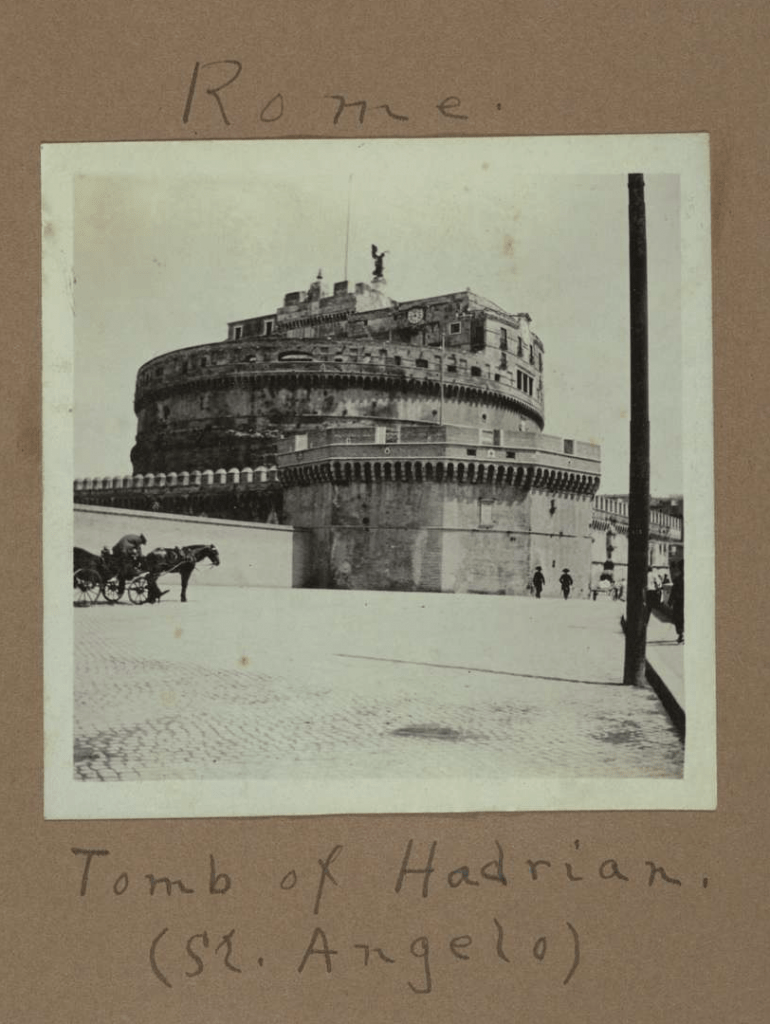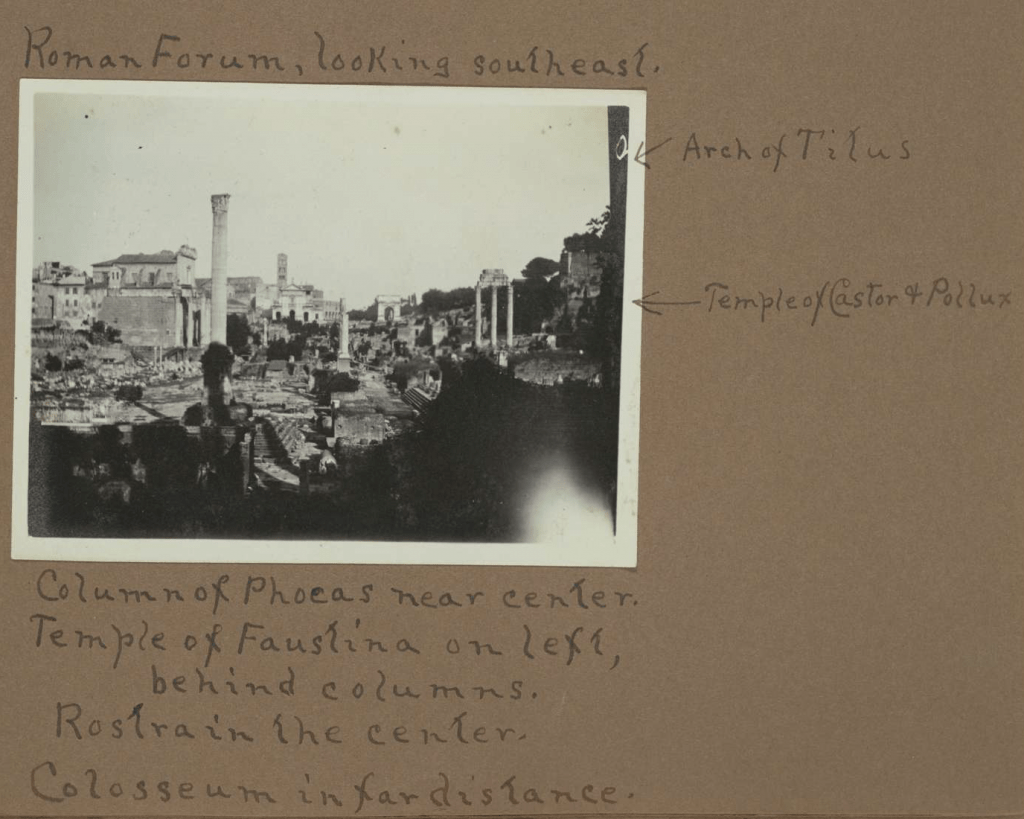
One hundred years ago, in 1919, Retta Murphy arrived to San Marcos, Texas to teach history on the faculty of what is now Texas State University. Although she did not have her PhD when she arrived, she eventually went on to become the first Texas State University woman faculty member to hold a Ph.D. (Latin American History from U.T.-Austin in 1938.) Thousands of people have taken classes in the building that bears Dr. Murphy’s name, Taylor-Murphy Hall—the home of the Texas State Department of History.
In his book, Up the Hill, Down the Years, Dr. Ronald Brown writes: “When the History Department moved into the old Fine Arts Building, the faculty requested that the building be renamed to honor James Taylor and Retta Murphy, who had shaped the modern History Department and were early advocates of gender equity.” Dr. Murphy certainly left her mark on the University.
Dr. Emmie Craddock—a history professor, former mayor of San Marcos, and the founder of what is now the Texas State University Honors College—shared an office with Dr. Retta Murphy for a time. She called Dr. Murphy “one of the great legendary figures” of Texas State University.
Many years after Dr. Murphy’s death, Dr. William C. Pool said of Murphy, “She was a tower [of] strength… in the department…[She had] a fine dry wit that was almost unbelievable. Yes, we all loved Retta Murphy.”
Describing Dr. Murphy at a commencement address, Dr. Craddock said, “For years on end Dr. Murphy arrived at her office every morning at nine and left at five, except on Saturdays when she went home at one; and she studied as diligently on the last day she ever taught as she had from the first day of her teaching.”
Dr. Craddock continued, “Literally thousands of students who were lucky enough to have a course with her felt the clarity of her mind, the absolute integrity of her life in all of its aspects. She had no time for preten[s]e or sloppy thinking and she dearly loved to deflate the arrogant, a feat she could accomplish instantly with a comment both cryptic and deadly.”
Although she was known for “a rather brusque exterior” Dr. Craddock said underneath that “lay a heart as malleable as a child’s and a generosity of spirit which knew few bounds.” For Dr. Craddock, “[Murphy] never demanded more of others than she asked of herself, and few ever left her classes without feeling the rapier thrust of her mind and the breadth of her learning. She also had a quick and wonderful wit.”
Although, as a woman, Dr. Murphy certainly faced her obstacles. Despite temporarily serving as chair of the Division of Social Sciences, Dr. Murphy was not offered the position permanently. When asked why she was not named chair herself, she replied, “Because I wear my pants on the inside instead of the outside.’”
“She was a marvelous Presbyterian, a wonderful history teacher, straight as a die, and not afraid of anything, the devil included,” Dr. Craddock said of Dr. Murphy.
To celebrate the 100th anniversary of Dr. Murphy coming to San Marcos, we wanted to share with you her 1909 travels through Europe, 110 years ago, which lasted from 14 June-4 September 1909. Her entire scrapbook is available online through Texas State University Archives.
Here is a sneak peek:





